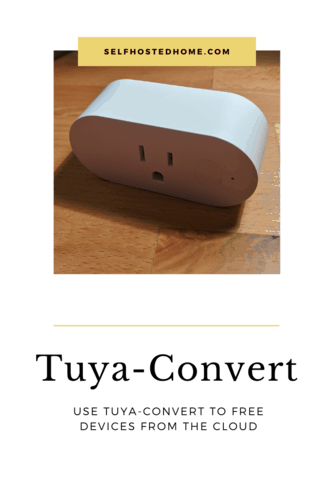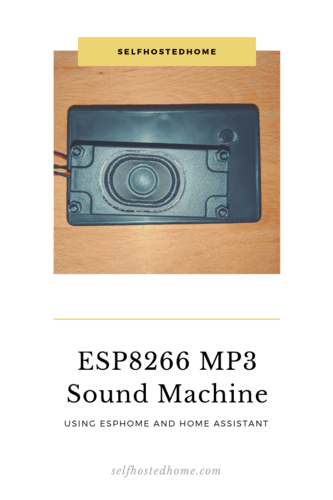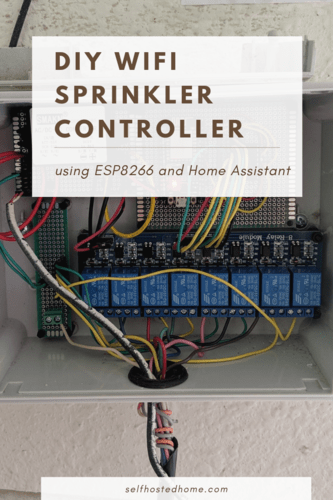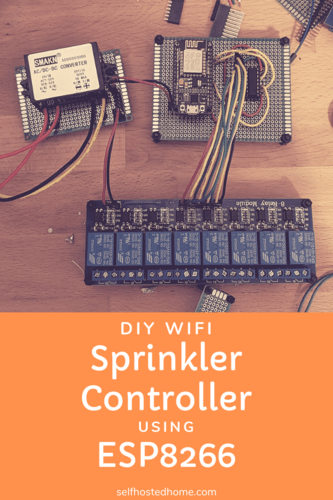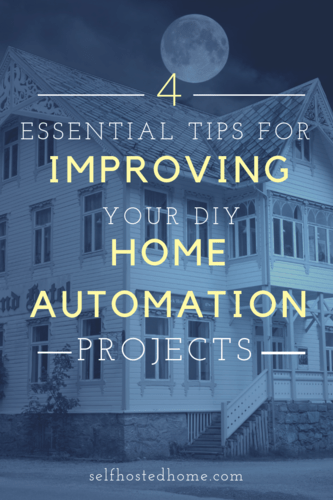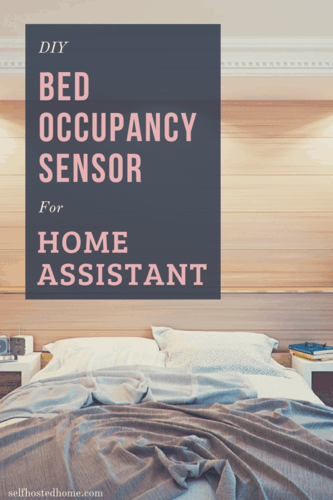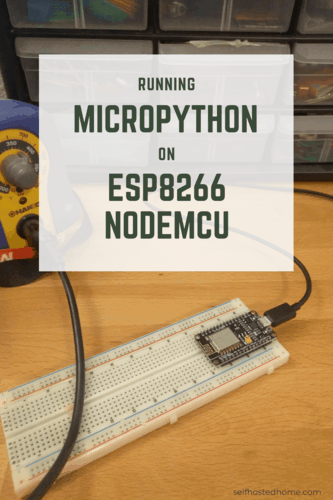Welcome to part 2 of my series on my DIY WiFi Sprinkler Controller using ESP8266. Last week I wrote an article on the hardware involved in the project, definitely check it out if you haven’t already. It goes in depth to all the components used. Today’s article will be looking closer at the software of the system. Including the firmware running on the device and the Home Assistant integration.
Use Tuya-Convert to Free Devices From the Cloud
Have you seen cheap smart plugs on Amazon like these and wondering if you can use them with Home Assistant? Don’t want to rely on some cloud service to toggle your outlets? Well if the answer is yes to these questions you’re in luck, Tuya-Convert to the rescue! In today’s article, I’m walking through a … [Read more…]

